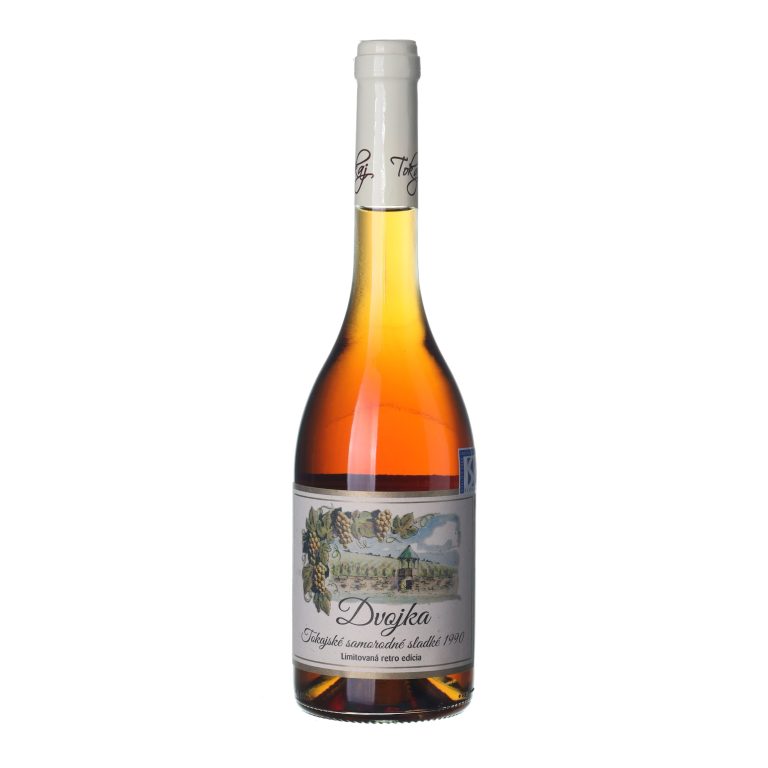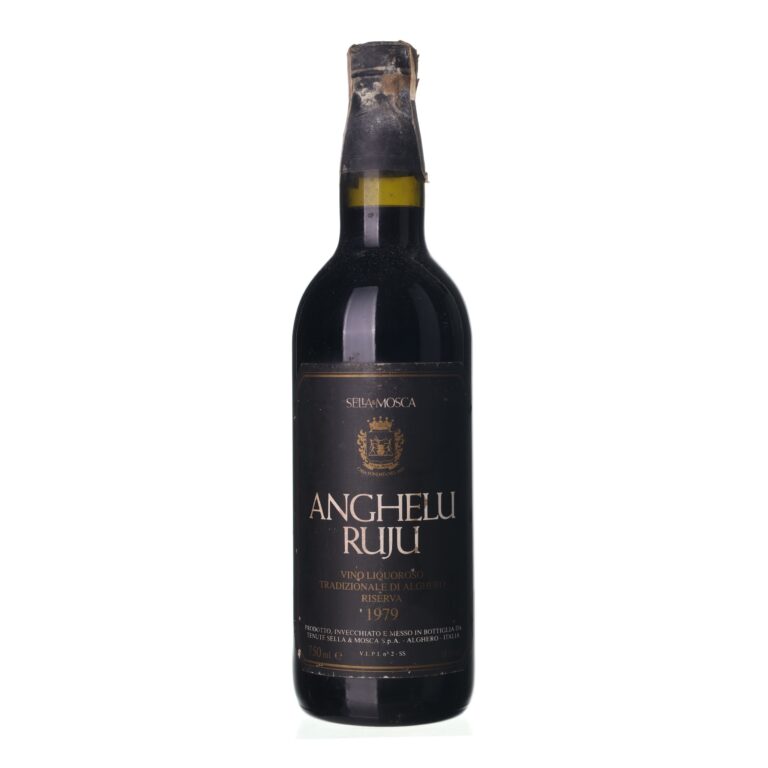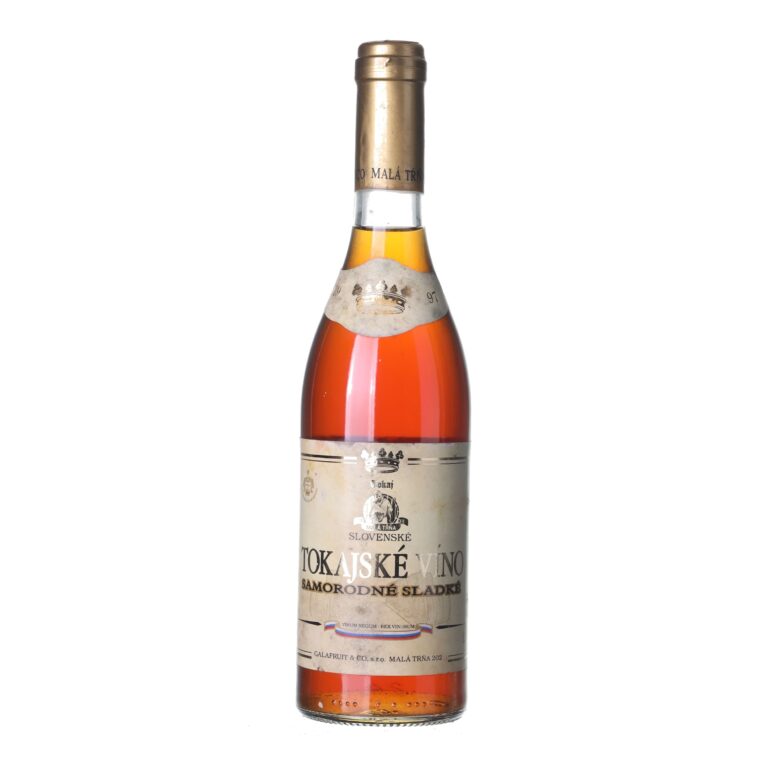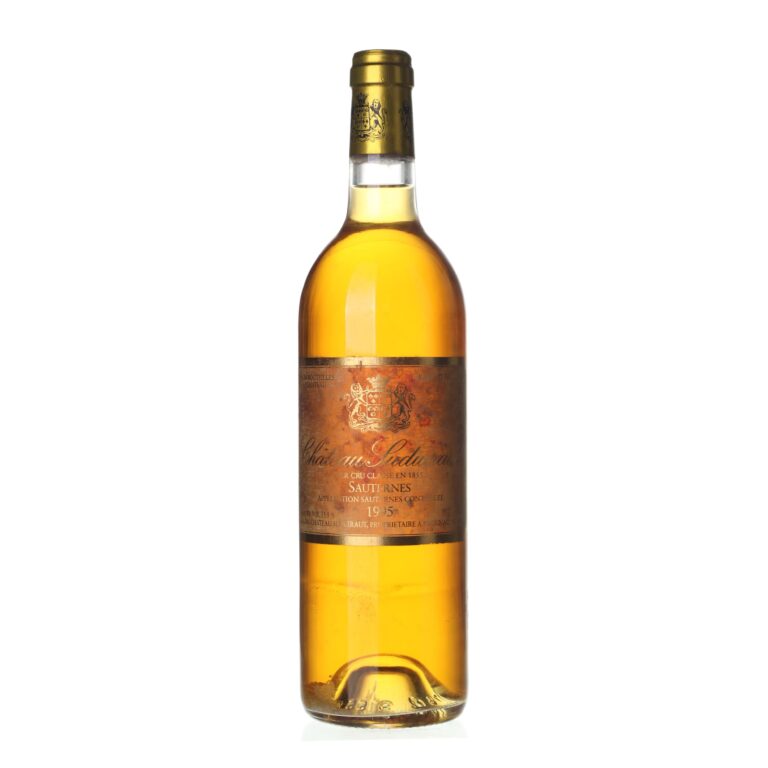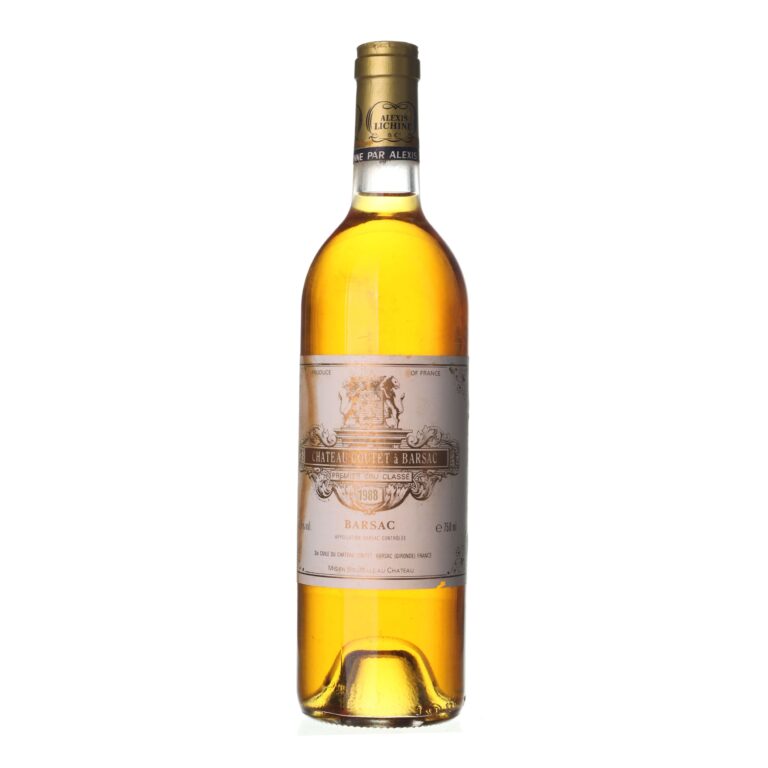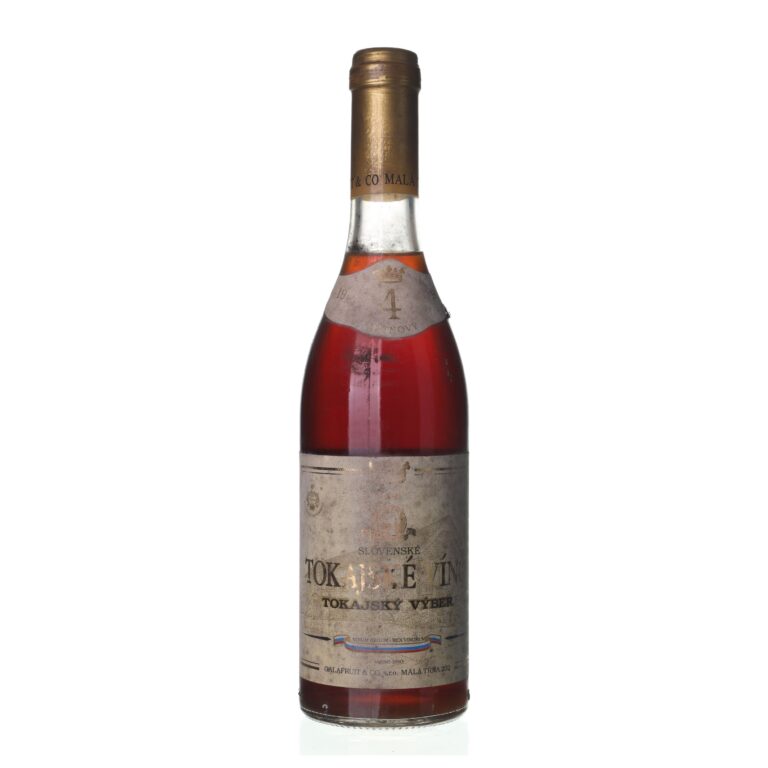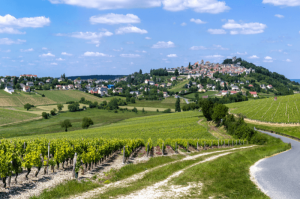Select botrytized grapes: the top choice among sweet wines
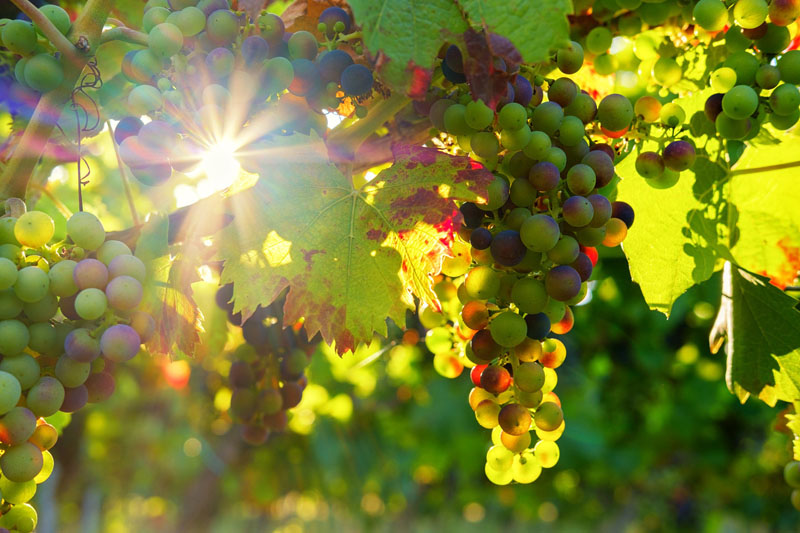
The sweetest of the sweet – that’s one way we could begin our article about how the selection of botrytized grapes is done. This wine with a special quality attribution is suitable for festive moments or as a great finale to a tasting menu. Come, let’s make life sweet!
Select botrytized grapes and their inclusion in classification systems
Quality wines with special attributes, which botrytized grape wines are, stand on the highest rung of the Czech wine classification system. In the traditional German system of classifying wines those made from botrytized grapes are at the very peak because the grapes’ sugar content is at least 32° NM.
The ripeness of the grapes and their natural sugar content are most often measured in the pressed must through standardized must meters. The State Agricultural and Food Inspection is tasked with the classification of the selection of botrytized grapes, their sugar content, and their fulfillment of further conditions.
Our tip: Want to know more? We’ve prepared a guide to wines with special attributes that will help you orient yourself a little better in the world of wines.
What, exactly, is a botrytized grape?
Botrytized grapes, or raisins, are a designation for the berries of grapevines that have partially dried either naturally or as a result of being infected by a noble fungus – Botrytis Cinerea.
These grapes are called cibéba in Czech, or die Zibebe in German.
It’s interesting that the category of “Select botrytized grapes” was only recognized by the Czech Viticulture Act in 2004.
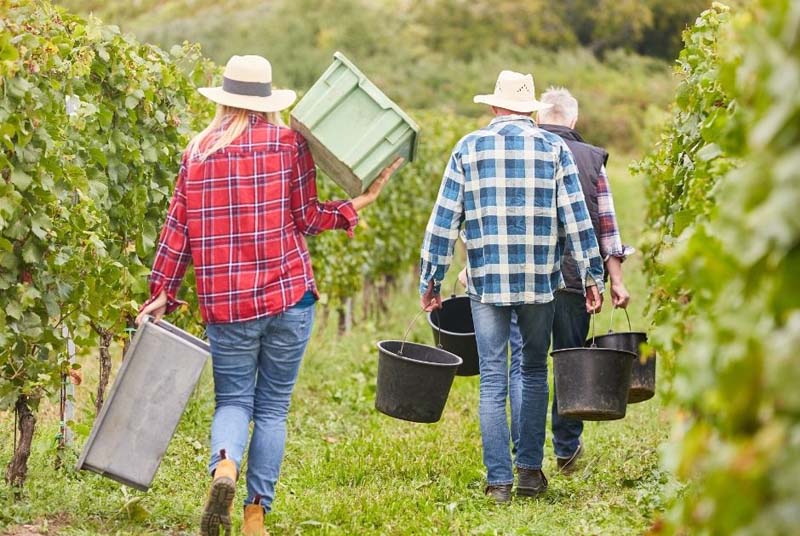
Varieies, botrytization, and the creation of sweet temptation
Among the varieties that are used for select botrytized grapes, some of the most common are Pálava, Pinot Gris, Gewürztraminer, Riesling, and Chardonnay. That’s because these types have the highest potential to achieve sufficient ripeness in Czech vineyards, which means they’ll have a high enough sugar content.
The grape harvest and production of a wine made from select botrytized grapes is subject to strict regulations. The grapes always have to ripen or, rather, overripen to a required degree in the vineyard, and after the harvest, which is done by hand, they cannot be dried artificially.
The fermentation process takes place slowly, and the resulting wine has a large amount of residual sugar and an average alcohol content – somewhere in the range of 10 to 13 %. Wines made from select botrytized grapes are then generally left to “rest” in oak casks for one to two years.
Learning about botrytized wines: select botrytized grapes isn’t the only criterion
In theory, we could label any other kind of wine “select botrytized grapes” if it was made from grapes that were infected with the above-mentioned noble fungus – botrytis. However, it’s not always the case that these wines can awarded the special attribution. For that, it’s necessary for them to fulfill several more conditions.
Suitable climatic conditions are key for the fungus to thrive and spread among the grapes: there have to be enough autumn days without morning frosts and weather that alternates fog with afternoon sun. Otherwise, the fungus can cause irremediable harm instead of creating great raisins.
Besides in this country, botrytized wines are also found in the Tokaj region of Hungary, and in the renowned wine region of Bordeaux, specifically in Sauternes. In the domestic terroir it’s often difficult to find just the right combination of conditions that allow the development of the grapes and the fungus together, and therefore it’s not possible to make specific plans for this wine in advance. These are also reasons why these wines are considered rare and exclusive.
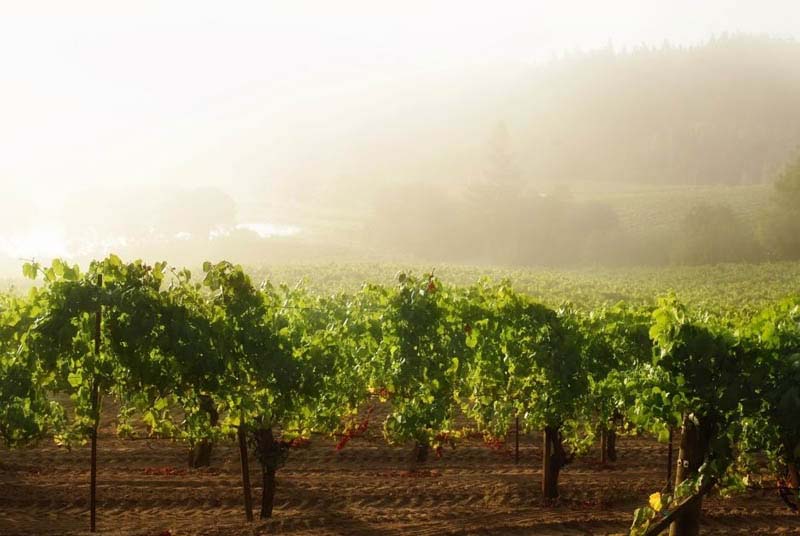
Did you know that …
Botrytized wine, or rather, the method for producing it, was discovered by chance. Toward the end of the 18th century some grapes that had been attacked by fungus and were seemingly ruined were processed at a German monastery. However, the resulting wine was of surprisingly high quality, so a new tradition was founded of harvesting botrytized grapes.
Botrytized wine from Sauternes
As we mentioned above, the region most often associated with botrytized wines is Sauternes. The landscape there offers perfect conditions for the noble fungus: flat terrain, an altitude of 80 m above sea level and the confluence of two rivers (the Ciron and the Garonne), whose different temperatures give rise to morning fogs. The fogs then meet the warm sunshine – exactly the way quality botrytized grapes need.
Sauternes wines are made using three varieties: Muscadelle and Sémillon, which give the wine its typical aroma, and Sauvignon Blanc, which lends it freshness. Sauternes wines have great archiving potential and the best ones can even last for a century in the bottle.
The highest quality wines from this region bear the Grand Cru Classé or Premier Cru Classé attributions, and you can find them here in our selection.
Select botrytized grapes – the price for sweetness can be high
Select botrytized grapes is a wine that’s very high in extract; it’s full-bodied and sweet, and distinguished by a saturated color. You’ll be able to make out tones of honey and raisins and the flavor of overripe fruit. It has high archiving potential and its bouquet later develops to a botrytized finish.
As a wine with a significant residual sugar content, most often 100–200 g/l, it goes very well with desserts, selected pastries, and also to ripe, fatty cheeses. You can generally buy it in small bottles with a volume between 0.2 to 0.5 l at the maximum. Because it’s so exceptional, it also has a higher price. However, for wines made from select botrytized grapes, it’s definitely justified.
Select wines. In your email.
once every month. You can look forward to our recommendations, interesting content, and great offers for your archive for your archive.
By sending an email you agree to the Terms and Conditions for Protection of Personal Data



